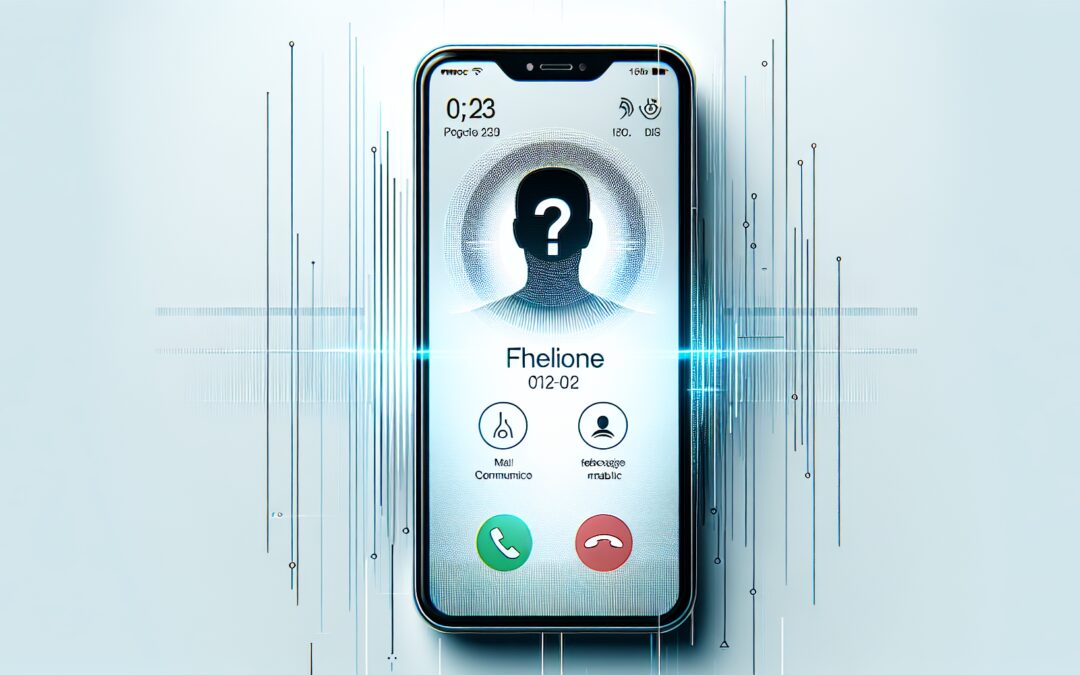Introduction to Caller Identification
Caller Identification, commonly known as Caller ID, is a telecommunication feature that allows individuals to see the phone number and sometimes the name of the person or entity calling them. This feature has become an essential aspect of modern communication, offering users an additional layer of information and security.
How Caller Identification Works
Caller ID technology operates through the transfer of digitally encoded information. When a call is made, the caller’s phone number is embedded in the signaling data sent between telephone exchanges. This data is then decoded by the recipient’s phone or call-handling device, displaying the caller’s information.
Caller ID information can be displayed in two primary formats:
- Number-Only: Displays just the phone number of the incoming call.
- Name and Number: Displays both the name (if available) and the phone number of the incoming call.
Types of Caller Identification Services
There are various types of Caller ID services available to users, which can be broadly categorized as follows:
Standard Caller ID
This is the most common type of service and is usually included with basic telephone plans. It displays the caller’s number and, where possible, the name associated with that number.
Enhanced Caller ID
Enhanced Caller ID services provide additional information, such as the caller’s location or the type of call (e.g., business, personal). This type of service often requires a subscription and may be used in business environments for better call management.
Blocking and Privacy Services
Some callers may choose to block their Caller ID information from being displayed. In these cases, the recipient’s phone will often show a message such as Caller Unknown or Private Number. Conversely, there are services available that allow users to block unknown or private numbers from calling them to avoid unwanted calls.
Benefits of Caller Identification
Caller ID offers several benefits that have made it a ubiquitous feature in both personal and business communication:
- Screening Calls: Users can decide whether to answer a call based on the displayed information.
- Enhanced Security: Helps in identifying potential spam or fraudulent calls, thereby reducing the risk of falling prey to scams.
- Convenience: Allows users to prepare for conversations or decide the priority of answering the call.
- Record Keeping: Important for businesses to keep track of customer or client calls, facilitating better service and follow-ups.
Limitations of Caller Identification
Despite its advantages, Caller ID is not without its limitations:
- Spoofing: Caller ID information can be manipulated through a technique known as spoofing, where a caller falsifies the information transmitted to deceive the recipient.
- Inconsistent Name Display: The display of a caller’s name can be inconsistent, especially if they are using different networks or if their information is not up-to-date in the recipient’s caller ID database.
- Privacy Concerns: Some users prefer to keep their number private and may find it inconvenient to always have their information displayed.
Future of Caller Identification
The evolution of Caller ID is an ongoing process, with advancements aimed at improving its reliability and security. Innovations such as the implementation of STIR/SHAKEN protocols are designed to combat spoofing and provide more trustworthy caller information. As telecommunication technology continues to advance, Caller ID is expected to integrate more seamlessly with other communication tools, offering richer information and better user experiences.
Conclusion
The basics of Caller Identification provide a foundational understanding of how this critical feature works and its importance in modern communication. As technology evolves, Caller ID will likely become even more sophisticated, helping users stay informed, secure, and connected.


